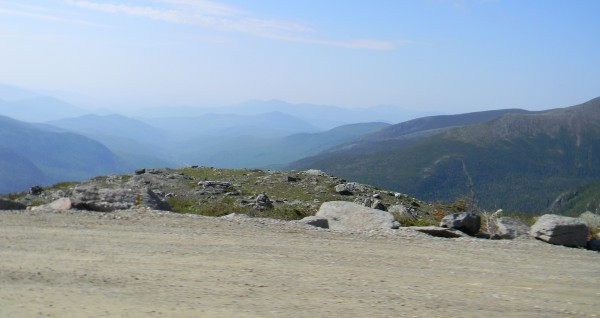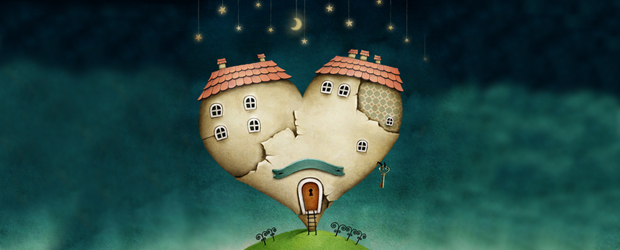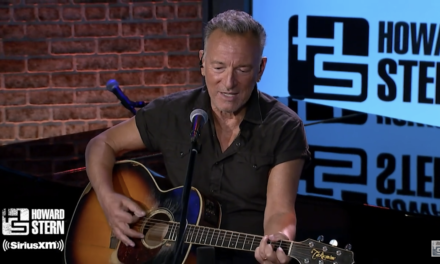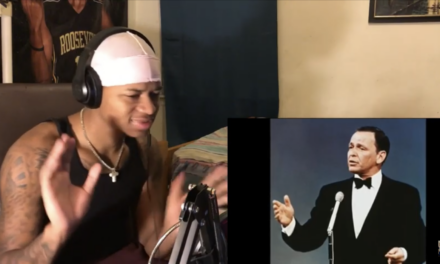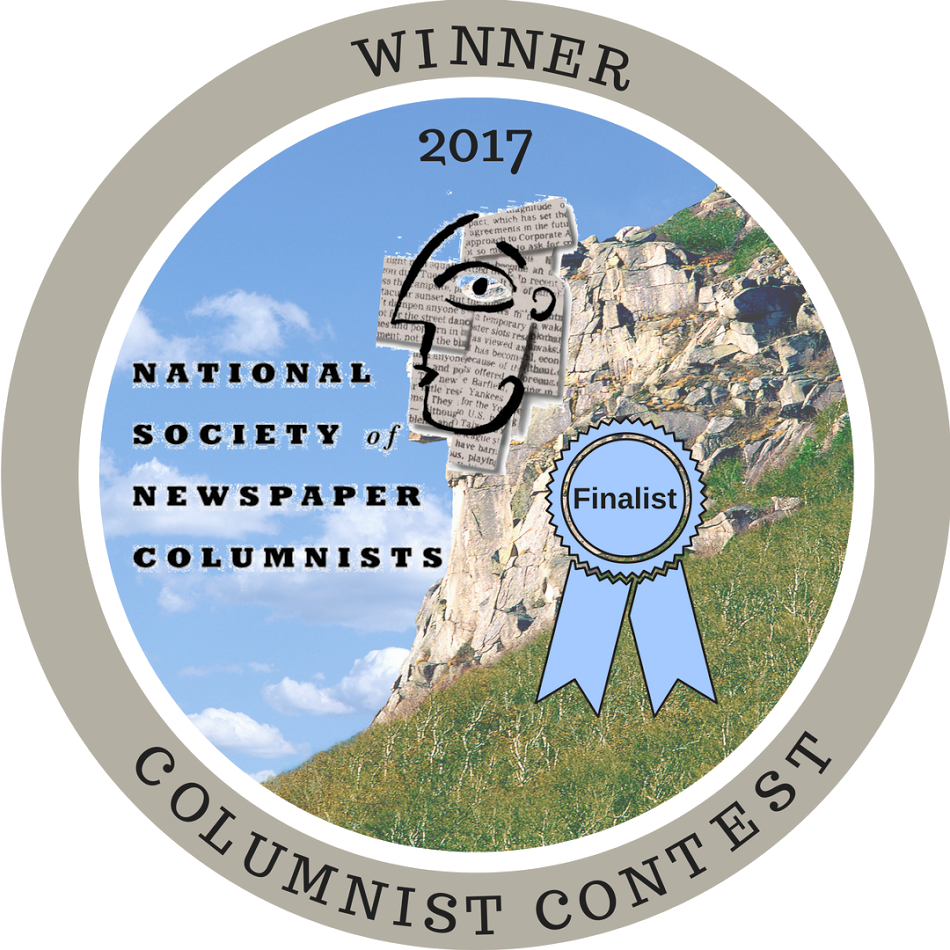There are books I read and there are books I devour. And sometimes I am so called to read a certain something that I break my steadfast rule of not finishing the book I’ve already started to dive in to the new one.
Enter Learning to Breathe by photojournalist Alison Wright. It’s not every day I read a book with a foreword by the Dalai Lama and it’s definitely not every day I am riveted to a café chair, my bed, another café seat and then my couch because I don’t want to put it down.
I found the overarching reason I was supposed to read this book at this particular time in my life in the afterword:
“The pain I have faced has helped me relate to the hardships of others,” Wright writes. “I realize now it’s not about chasing the story. It’s about being part of the story.”
We’ll return to the pain and this message. But let me back up a little.

First I took in a talk by Andrew Evans, Digital Nomad for NationalGeographic.com. It was supposed to be about why bucket lists “suck” and while he did touch on that, he had decided to switch it up to ‘travel and terror’ given the bombing at the Boston Marathon. Equipped with accompanying images, he blended the two topics meaningfully.
I loved his story of being on a commercial flight that had to make an emergency landing in Memphis. As people grumbled instead of being grateful to be alive and then grumbled some more when they headed for room service in the Holiday Inn lodging the airline had provided them, Evans and another guy set out for some barbecue in a joint where they watched the Auburn game. Since it was a 24-hour delay, the next day Evans decided to take in a place he’d never had a desire to see – Graceland. He had no particular interest in Elvis and so Graceland would not have been on his bucket list had he created one, but he enjoyed the visit and became fascinated with the iconic performer.
Be open to what presents itself. Got it.
Evans (a.k.a. Where’s Andrew?) then showed a shot of a beautiful home with lovely landscaped grounds and told us it was Joseph Stalin’s vacation home – used four times. Because, he continued, what do dictators want to curb most when growing and retaining their power over citizens? Education and travel. Those things that most open us up to other cultures, other possibilities. And the dictators themselves don’t move around much, as was clearly the case with Osama bin Laden.
If Evans got me thinking about expansiveness, then Alison Wright came on stage next and emblazoned the concept on my brain. It was like he had made me look up and she was sky writing it with an exclamation point on the end. Your thinking needs to be more expansive, Nancy. Expand your idea of what your gifts can do, Nancy.
Wright is so beyond what we think of as a photojournalist. What she’s willing to do to make searing, storied photographs … well, it’s nothing short of courageous. At first, though, all I saw was a woman about my age (as it turns out, she’s six days older than me) showing her audience dazzling photographs and talking about how she got into her profession.
But even calling it a profession in her case seems off. It’s a calling, a way of life that sets her on fire as she roams countries, sometimes showing up with nothing but her camera bag and one clean shirt, to document lives. When Wright got to the story of being in a severe bus accident in Laos and having a broken back, tailbone and pelvis, damage to her organs including collapsed lungs, and glass and metal embedded up and down her arm, I kept looking to see if there were any signs of this on her now. I saw none.
Doctors, one after another, were astounded she survived. Her journey from the remote area where the accident occurred to her home in San Francisco and all she endured in between is poured out in the book I simply had to purchase after her talk. She includes flashbacks in it, delightful stories of places and people and even meeting the Dalai Lama in 1987 before most knew who he was (he won the Nobel Peace Prize in 1989).
Woven through is Wright’s meditation practice and her spiritual approach to all she does. It was pivotal for her recovery that she change doctors at one point, preferring to hear what she could do moving forward, not what she couldn’t. When she explained that she was determined to climb Mount Kilimanjaro, she was looking for support instead of discouragement. And, make no mistake about it, she did achieve that goal.
When I introduced myself to Wright after her talk I thanked her for being inspiring. In the inscription she wrote in my book, she called me a kindred spirit. And while it was lovely in the moment, I thought of how she is unfazed by worms in her body and I’m a shrieking fool if a spider skitters across my window sill. But then later, I felt a connection to her on a deeper level when I read a specific part of her book. She recounts having met Thich Nhat Hanh, the Vietnamese monk, in France in 1999; she was there to attend the retreat and photograph him. She writes:
“He explained that with air, water, and even love, we are different from one moment to the next. To have children or produce a book is output. You are giving something of yourself to be absorbed by others. You don’t have to die to be reborn. You can offer yourself to others through your insight, and your care. You can offer your heart. ‘And in that way you will live on and be remembered,’ he told me.”
I understand an independent woman living on her terms, passionately chronicling her life as legacy. I do.
We are indeed part of the story.

